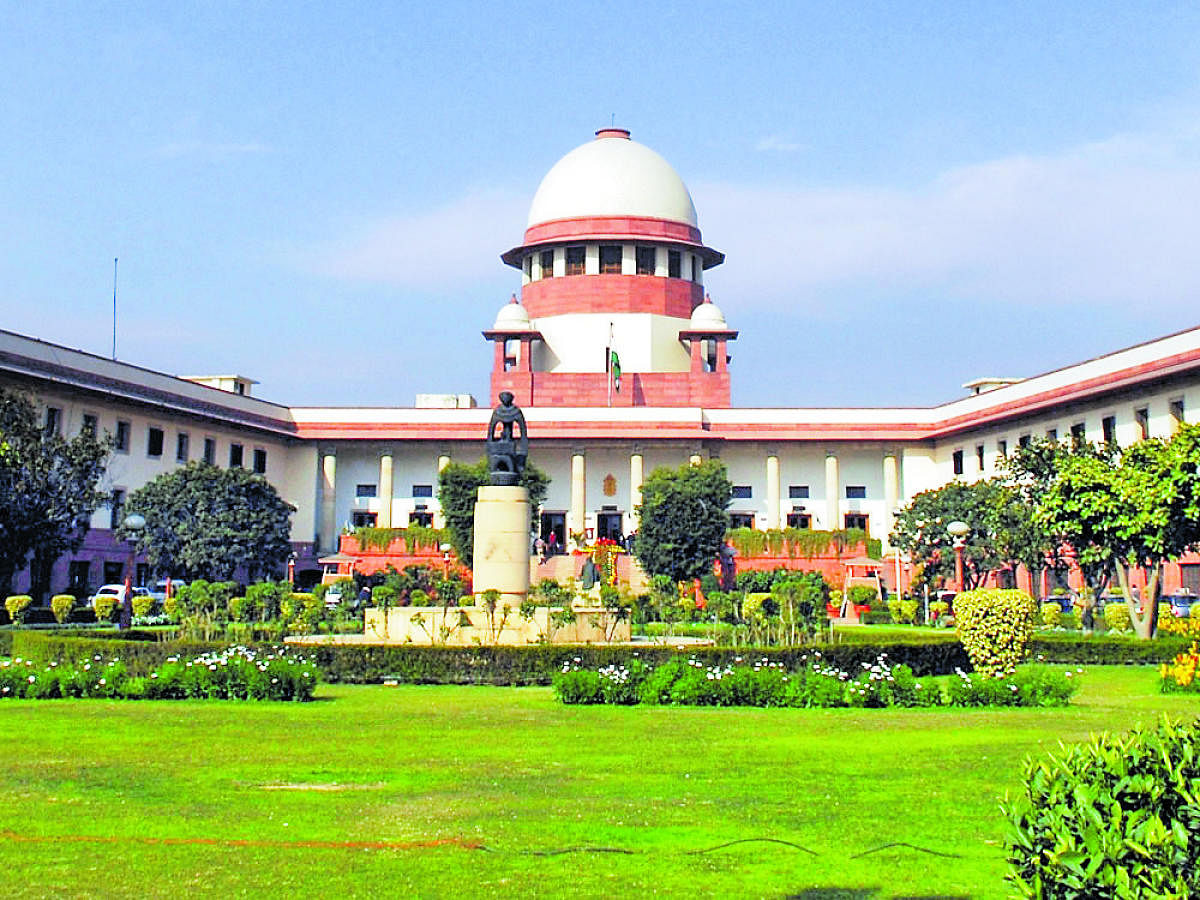The Supreme Court has delivered a series of judgements on diverse issues recently and many have grabbed the headlines. One critical judgement that failed to garner enough attention pertains to the dissolution of the Family Welfare Committee (FWC).
The SC had created the FWC, which was constituted by an earlier judgement of the court in Rajesh Sharma vs State of UP. That ruling was all over the news and was criticised severely for watering down the anti-dowry provisions in the Indian Penal Code (IPC). Strangely, the overruling of the same has not gotten the same level of attention. The reason behind this is the lack of knowledge about the working and mandate of the FWC. This is true even for legal minds.
To understand the current debate about Section 498A, it is necessary to understand why this has been a contested provision. It is a penal provision that relates to the offence of cruelty by the husband and his relatives in relation to the demand for dowry, which is likely to drive the victim woman to suicide. The provision was added to curb the steady increase in the number of dowry deaths and bride-burning. However, the recent years have exposed this provision to harsh criticism regarding its misuse as a weapon by women to drive their in-laws to police stations over trivial issues.
Perceptions linger for much longer than the reality they supposedly represent. The perception of gross misuse of Section 498A, even in the absence of any concrete research on the matter, has been so generalised that it led the judiciary to acknowledge the same several times.
The Supreme Court in 2009 in the Sushil Kumar judgement went on to term such misuse as ‘legal terrorism’, an expression too strong compared to the reality. Again, in Preeti Gupta, the court called for a “serious relook of the entire provision,” noting that “...It is a matter of common knowledge that exaggerated versions of the incident are reflected in a large number of complaints.” Such acknowledgement laid the foundation for the further judgements diluting the power of authorities to arrest under Section 498A so as to prevent its misuse.
The order of Delhi High Court in Chander Bhan has become the first in this series laying down that no arrest should
be made under Section 498A without the prior approval of DCP, followed by the Supreme Court order in Arnesh Kumar, directing police authorities to go ahead with arrest only after duly filling the checklists under Section 41 CrPC and recording reasons after complete satisfaction for the need to arrest.
The climax of these guidelines came in the contested judgement in Rajesh Sharma which directed the constitution of FWC in every district to deal with all complaints related to Section 498A.
The function of these committees was to interact with the parties and then form an opinion on the matter which was then to be considered by Investigating Officer/Magistrate to go forward with the arrest. It is pertinent to note that no arrest could be effected till the committee conveyed its opinion. Such a mandate is against the very intention with which Section 498A was added.
The authority vested is also very arbitrary as FWCs cannot be held accountable for their opinion. They cannot be called as witnesses to any proceedings and parties do not even have any remedy of appeal against FWC opinion. In such a situation, how does one ensure its credibility?
The constitution of FWC was a manifestation of the growing resentment against the excessive misuse of Section 498A. However, the data relied upon for the same reveals how 498A has become a victim of excessive generalisation. The NCRB data reported that in 2005, 6,141 cases were false among 58,319 and in 2009, 8,352 were reported false out of 89,546. This roughly amounts to just 10% of all reported cases.
Another argument noted in the judgements pertains to the low rate of conviction, 14.4%, which tends to make this assumption stronger. Such low rate results from the inefficiency of the criminal justice system. Contrast this to the low conviction rate in cases of acid attack — 12% — where the number of false cases is negligible.
Fault of investigative agencies
In its latest judgement, the Supreme Court has dissolved such committees, taking all jurisdiction from them and noting that the number of false complaints is the result of faults of investigative agencies who move forward with arresting respondents without any application of mind.
There is no logical reason as to why such committee were thought to be more capable than an investigating officer in adjudging the genuineness of complaints. In addition, FWCs only succeeded in creating one more hurdle in the way of justice for genuine complainants. The directions mandated a timeline of one month for formation of final opinion by the committee, but this was rarely followed, causing pendency of cases.
Yet, the biggest failure was the non-appearance of respondents at proceedings before the committee, resulting from their lack of knowledge about the mandate of such committees. The only person who suffered in this situation was the poor victim who came to the FWC with hope and left distressed when proceedings were adjourned.
It is the duty of the State to protect people against frivolous complaints. However, such protection should not come at the cost of those who need protection. The Supreme Court has corrected its own wrong but not before the cost was borne by those victims who were looked at as being ‘legal terrorists’. How will we remedy the delay they have suffered? Isn’t justice delayed justice denied?
(The writer is a Law Researcher with Delhi State Legal Services Authority)
